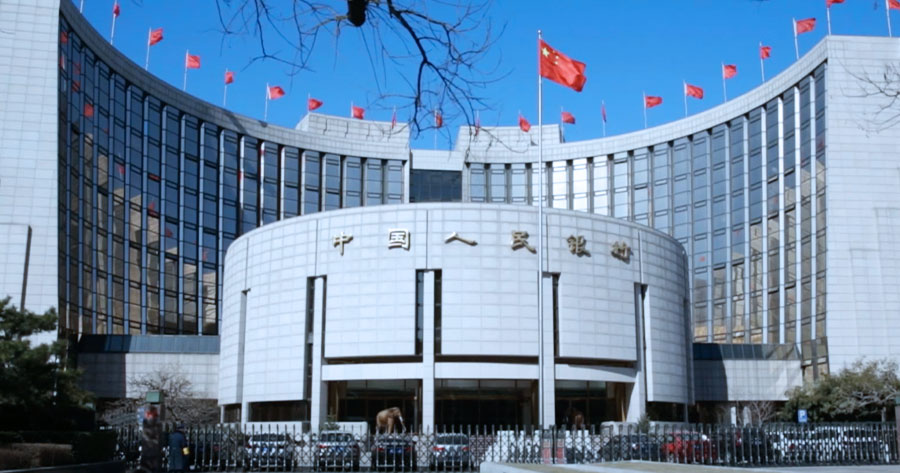The People’s Bank of China (PBOC) maintained the medium-term lending facility (MLF) rate steady at 2.0% for the one-year loans, as it opts for stability amidst potential currency volatility following Donald Trump’s U.S. presidential election win.
According to economists, preserving the MLF rate ensures “greater policy maneuverability” in the face of a new U.S. administration and tight net-interest-margins of commercial banks in the country.
Commercial bank margins fell to 1.53% at the end of September, significantly lower than the 1.8% threshold deemed necessary for reasonable profitability by regulators.
Chief China economist at UBS Investment Bank, Wang Tao, predicts China’s MLF will hold at 2.0% this year before sliding to 1.0% by 2026. Simultaneously, Pinpoint Asset Management’s Zhiwei Zhang forecasts that the PBOC will delay any rate reductions until the new U.S. administration begins its tenure in January.
The strengthening U.S. dollar has pressured other currencies, including the Renminbi (RMB), leading to a slight depreciation of the offshore yuan by just over 2% since the U.S. Presidential Election on November 5.
While the PBOC might be keen on a weaker yuan to spur exports, a gradual depreciation is preferred over a sudden shock.
The PBOC last week kept its one-year and five-year loan prime rates steady at 3.1% and 3.6% respectively.
In addition, analysts anticipate a probable reduction in the reserve requirement ratio (RRR) for commercial lenders in the coming months. This move is perceived as a strategic attempt to strike a balance between rejuvenating the country’s economy and stabilizing the exchange rate.
PBOC Governor Pan Gongsheng expressed last November that the central bank intends to maintain a supportive monetary policy, hinting at a potential 25 to 50 basis points decrease in the RRR depending upon the liquidity circumstances by year-end. Furthermore, he implied a prospective cut by 20 basis points in the seven-day reverse repo rate before the close of the year.





